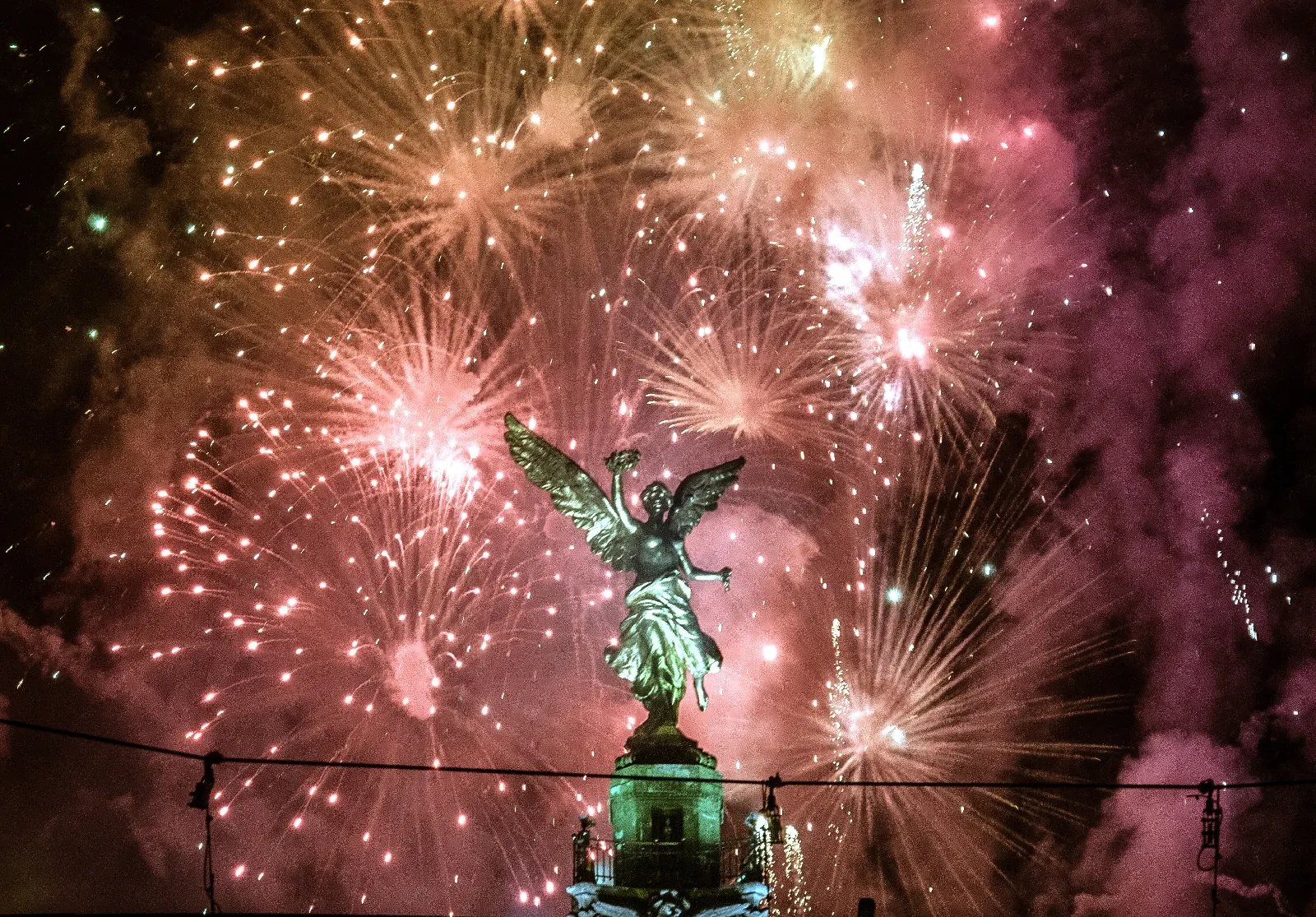Most of the world celebrates New Year's Day on January 1, the first day of the year according to the Gregorian calendar. On the Julian calendar, January 1 is also New Year's Day, but it is not the same day as the Gregorian one.
The first written record of a New Year's celebration dates back to about 2000 BCE in Mesopotamia. In Babylonia, the new year (Akitu) began with the new moon following the spring equinox (mid-March), while in Assyria, it began with the new moon closest to the autumn equinox (mid-September).
The autumn equinox (September 21) marked the beginning of the year for the Egyptians, Phoenicians, and Persians, while the winter solstice (December 21) marked the beginning of the year for the early Greeks. The year began on March 1 on the Roman republican calendar, but after 153 BCE, the official date was January 1, which was kept on the Julian calendar until 46 BCE.
Even though New Year's Day was observed on December 25 in Anglo-Saxon England during the early medieval period, the majority of Christian Europe celebrated March 25, also known as the Feast of the Annunciation, as the start of the new year. William the Conqueror established January 1 as the beginning of the year, but England later adopted March 25 with the rest of Christendom.
The Roman Catholic Church adopted the Gregorian calendar in 1582, restoring January 1 as New Year's Day. The majority of European nations gradually followed suit: in 1660, in Scotland; Denmark and Germany around 1700; in 1752, England; and in 1918, Russia.
Those religions and societies utilizing a lunar schedule have kept on noticing the start of the year on days other than January 1. For instance, Rosh Hashana, the first day of the month of Tishri, which falls between September 6 and October 5, marks the beginning of the year according to the Jewish religious calendar.
Each year on the Muslim calendar typically has 354 days, with Muharram marking the beginning of the new year. Official celebrations of the Chinese New Year last for a month, from late January to early February. The day is celebrated in other Asian cultures at various times of the year.
The Tamil people in southern India ring in the new year on the winter solstice; The day is observed by Tibetans in February; Additionally, the holiday is observed in Thailand in March or April. January 1–3 is a three-day holiday in Japan.
The passing of time is celebrated with both regret and anticipation in many New Year's festival traditions. The ancient Greeks used a baby and an old man as new year's symbols, with the baby representing the new year. Janus, the Roman god with two faces—one facing forward and one facing backward—was the inspiration for the name of the month of January. Since ancient times, people have also made resolutions to change their bad habits for better ones.
Some maintain that the practice dates back more than 4,000 years. It's likely that these early resolutions were made in an effort to win over the gods. On New Year's Eve, the nostalgic Scottish ballad "Auld Lang Syne," which poet Robert Burns revised, is frequently sung in the West, particularly in English-speaking nations.
The celebrations frequently incorporate symbolic foods. For example, cabbage and other greens are eaten by many Europeans to ensure prosperity in the coming year, while black-eyed peas are favored by people in the American South for good fortune.
Special dishes like dumplings, rice cakes, and noodles are eaten all over Asia. Delicate dishes often include ingredients whose names or appearances represent longevity, happiness, wealth, and good fortune.
Gatherings of friends and family have long been significant due to the belief that what a person does on the first day of the year indicates what he will do throughout the year. The "first foot," or first guest to cross the threshold, is significant and, depending on the location, may bring good fortune.
The countdown to the drop of an electronic ball in Times Square to mark the precise moment at which the new year begins is televised worldwide, and public gatherings, such as those held in Trafalgar Square in London or Times Square in New York City, draw large crowds.
On January 1, 1902, the first Rose Bowl game was held in Pasadena, California. Since then, college football games have taken over American television on New Year's Day.
The Mummers' Parade in Philadelphia and the Tournament of Roses parade, both in Philadelphia, are popular New Year's Day celebrations.
Many individuals mark the new year with strict observances, as, for instance, on Rosh Hashana. On this day, Hindus offer sacrifices to the gods and Buddhist monks receive gifts.
Shint shrines of tutelary deities and Buddhist temples are frequently visited in Japan. The wealth and hearth gods, as well as ancestors, are the targets of Chinese offerings.
What is the significance of New Year's Day?
Caesar made January 1 the first day of the year as part of his reform, in part to honor the month's namesake: The two faces of Janus, the Roman god of beginnings, enabled him to look both back into the past and into the future.
In India, is New Year's Day a holiday?
The holiday of New Year's Day is optional. Employees in India are allowed to select a limited number of holidays from a list of optional holidays under employment and holiday laws. A few workers might decide to go home for the day on this day, notwithstanding, most workplaces and organizations stay open.
What foods should you consume on New Year's Eve?
Cornbread. Blend and coordinate perhaps a couple New Year's Eve food customs with dark looked at peas, greens, and cornbread to make a fortune this year ideally. "Peas for pennies, greens for dollars, and cornbread for gold," goes the Southern proverb. What a great wish for the new year!
Why does everyone adore the new year?












No comments:
Post a Comment